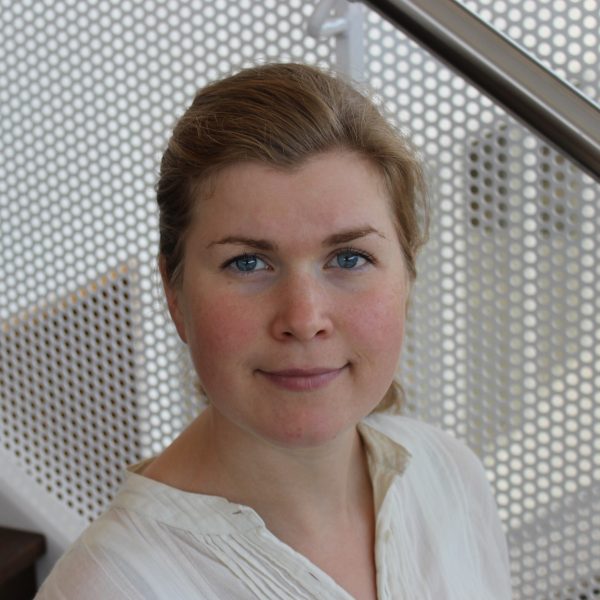This study is using data sets which already exist to investigate whether health is associated with green and blue spaces in cities in three European countries.
Despite the presence of water in virtually all urban centres across Europe, rather little is known about the extent of the benefits these spaces might provide. It is also unclear whether the nature of relationships between health and exposure to blue space differs across European populations and environments.
Secondary data sets – in this case data collected though large surveys – provide us with a relatively low cost opportunity to analyse how the health of populations and the natural features of their immediate surroundings might be related.
A number of studies have looked at whether natural environments in cities benefit their residents’ health. These studies have typically looked at populations of single countries, which has resulted in considerable differences in the types of data used, and the methods employed to understand them. This has made it somewhat difficult to understand whether differences in their results are due to real differences between the study populations, or are artefacts of the data and/or methods. This study takes anonymised individual-level data from surveys covering England & Wales, Catalonia (Spain), and Scania (Sweden), and analyses them in exactly the same way.
These data sets were specifically selected because they contain a number of consistent, validated questions on health and mental health. It is also possible to geolocate the neighbourhoods in which individual survey respondents live and assign measures of exposure to green and blue space using comparable map and satellite imagery data. Using these measures of health and exposure we are able to accurately map and estimate people’s ‘exposure’ to green and blue space for all three territories.
Clearly, many factors vary between European populations which may influence their environmental exposures and health, including lifestyle and demographic characteristics. Fortunately, data on these factors are also consistently collected across all three surveys, allowing us to take these characteristics into account in our analyses.
This project is being conducted by researchers working at the University of Exeter in the UK, ISGlobal in Spain, and Lund University in Sweden.













